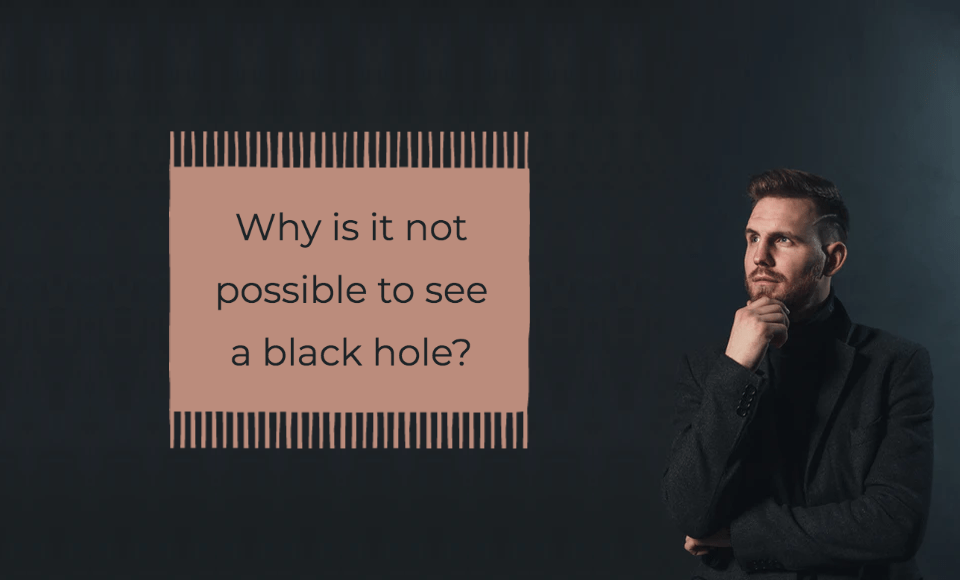Rumor has it that a black hole is anything but an empty space, and it’s like a vacuum cleaner that will suck and make you disappear.
Don’t let the name trick you: a black hole isn’t anything but empty space. Let’s get straight to the facts. A black hole is made of a significant amount of matter jam-packed into a very small area. Because of the gravity, the resulting objects compressed into a space small enough will rip the very fabric of space and time and becomes a singularity. (click here for more details)
A black hole is a very dense object in space, and not even light can escape from it. A black hole’s gravity is powerful enough to “eat” any nearby materials. Thus, this gravitational mystery is better studied from afar.
The farthest black hole ever detected is what astronomers call a “quasar,” located in a galaxy about 13.1 billion light-years away from Earth. Since the universe’s estimated age is currently about 13.8 billion years, this means that a black hole existed about 690 million years after the Big Bang.
The formation of a black hole can take seconds to a billion years. When a massive star collapses, a stellar-mass black hole, with a mass of ten times, the sun can likely form in seconds. These comparatively small black holes can also result from merging two dense stellar remains known as neutron stars. A bigger black hole is formed when a neutron star combines a black hole, or two black holes collide. These quick merging patterns make ripples in space-time called gravitational waves.
How a giant black hole is formed remains a mystery. These giant “supermassive” black holes are found at the center of galaxies that can weigh millions or billions of times the sun’s mass. It will take less than a billion years to reach an enormous size, but it is yet unknown how long it will take for them for form.
When a massive star explodes, stellar-mass black holes are left behind. The gigantic explosions distribute elements necessary for life into space like carbon, nitrogen, and oxygen. The merging of two neutron stars, two black holes, or a neutron star and black hole also spread heavy elements around that may someday become a part of new planets. The shock waves produced in these explosions may also trigger the formation of new stars and new solar systems. In some sense, the Earth is a product of long-ago explosions and collisions of black holes.
As impossibly dense, deep, and powerful it may appear, the black hole cannot “eat” the entire galaxy nor can swallow the whole universe. Even those having an enormous mass are not large enough to swallow the whole galaxy or the entire universe (the gravitational range of black holes, even those having an enormous mass.
Black holes are one of the few concepts that allow our imagination to wander in space. As much as we would want to see one, the truth is, not even astronomers have actually seen a black hole. But we can “hear” them through the recorded gravitational waves from black holes that collided with one another billions of years ago. (click here for more details)
It is quite challenging to take photos of black holes. Even the supermassive black hole in the Milky Way center, having mass millions of times more massive than the sun, is relatively thin to be captured. “And taking a picture of it would be equivalent to taking a picture of DVD on the moon’s surface,” astrophysicist Dimitrios Psaltos said.
Moreover, black holes having strong gravity tend to be surrounded by other bright matters making it hard to see the object itself. So astronomers don’t look for direct observation of black holes; instead, they try to watch out for pieces of evidence like a black hole’s gravity and radiation.
Astronomers typically measure the orbits of stars and gas that seem to surround very dark ‘spots’ in the sky and measure the mass in that dark spot. If they know no other astrophysical object that can be so massive and so dark as what they just measured, they considered it very strong evidence of a black hole.
